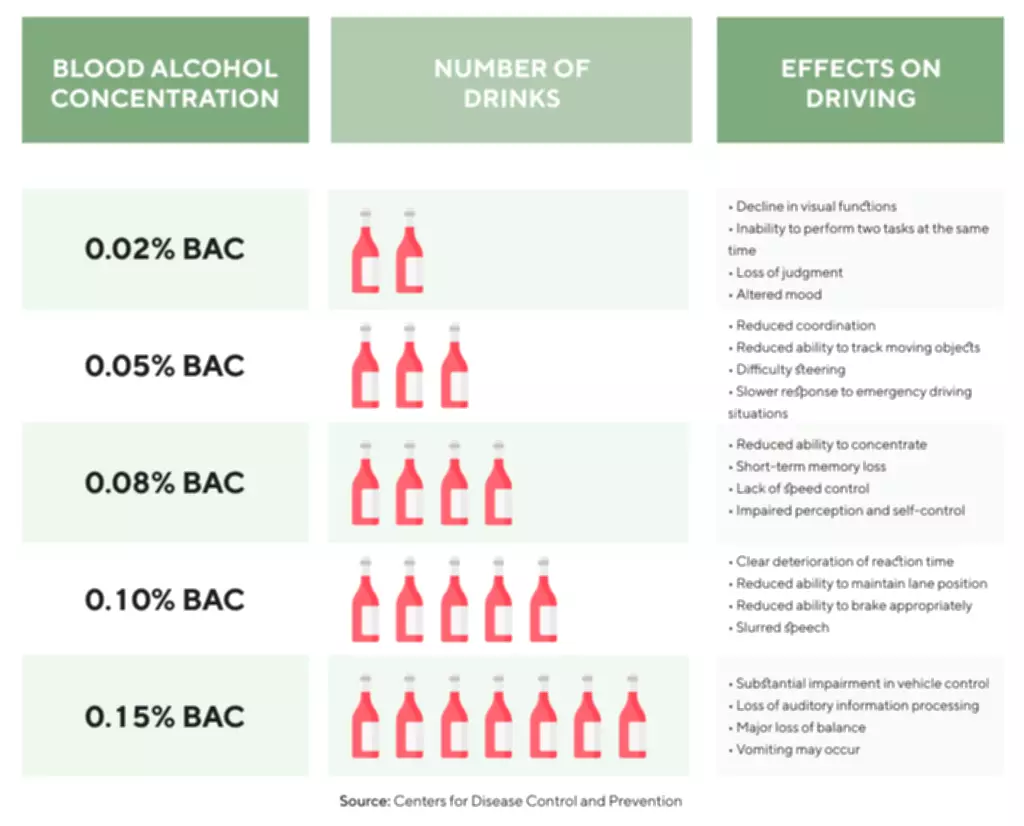Nature vs Nurture: Is Alcohol Use Disorder in Our Genes?

Several other cohorts from dbGAP also contributed to large sample size of alcohol consumption GWAS by Liu et al, 2019. Genome-wide data on 14,904 DSM-IV diagnosed AD individuals and 37,944 controls from 28 case/control and family-based studies were meta-analyzed for PGC’s AD GWAS. The identification of any genes that appear important in alcoholism susceptibility provides an opportunity to better understand the biological pathways involved in alcohol’s actions. It also may yield important insights that will allow the development of better pharmacological treatments to help those who wish to reduce their alcohol consumption. All such potential new therapies will of course be tested first in animal models (Egli 2005), and the coordination of animal model and human research is alcoholism genetic therefore will continue to be an important theme for alcohol research for many years to come.
Prevalence of Past-Year Alcohol Use Disorder (AUD)
Alcohol use disorder (AUD) is a diagnosis once referred to as “alcoholism.” It’s a condition characterized by patterns of excessive alcohol misuse despite negative consequences and major distress in important areas of daily function. Note that the official names of several ADH genes have been changed, and theliterature has been confused by some groups using non-standard names for some ofthe genes29. There is also considerable evidence that alcohol can trigger the body to release harmful molecules called free radicals.
Functional significance of GWAS variants

Despite much progress, however, identification of the specific genes contributing to these phenotypes remains a challenging task because they lie within broad linkage regions that often encompassed 10 to 30 million base pairs. Case–control studies compare allele frequencies in a sample of alcoholic and control subjects. Because DNA is inherited from both parents, every person carries two copies of the DNA at a given position in the genome—one allele that was marijuana addiction inherited from the father and one allele that was inherited from the mother. The genotype describes the variation at a particular position within the genome and is defined by the allele inherited from the father and the allele inherited from the mother.
The Short Answer: Yes, Genetics Play a Role
- Alcohol use disorder (AUD) can have a hereditary component, but not everyone living with AUD has a family history of AUD.
- The results show that there was no significant association between different models of inheritance and dominancy within the ADH5 and ALDH1A1 genes and drug addiction in general.
- Another challenge is to relate the complex human behavioral phenotypes to specific variations in the sequence and expression of specific genes and, perhaps more importantly, to the function of the proteins encoded by these genes.
- Factors like your environment and ability to handle situations triggering dependency are just as important as genetics.
- It’s essential to note that while fraternal twins have distinct genetic profiles, identical twins share the exact genome.
To date, individual GWASstudies on alcohol dependence and related phenotypes have been relatively modestin size, and most do not reach genome-wide significance. This may reflect boththe limited sample sizes and the clinical and genetic heterogeneity of thedisease. As noted above, the functional ADH1B polymorphism isnot represented on GWAS platforms; GABA-receptor genes are often nominallysignificant but well below genome-wide significance in these studies. Thus, thegenes and SNPs found through GWAS have had little overlap with previous findingsbased on candidate genes/pathways and linkage analyses. The National Institute on Alcohol Abuse and Alcoholism (NIAAA) was founded 40 years ago to further understanding of the biological underpinnings of alcohol dependence. Early genetic studies were focused on delineating whether environmental factors, genetic factors, or both contributed to the risk for alcohol dependence.
What does genetic risk mean?

Even if alcoholism seems to “skip” a generation, the genetic factors can persist. Grandchildren of people with AUD may still have an elevated risk compared to the general population. People who have a different variant of the gene quickly burn up the alcohol, which in turn spikes their acetaldehyde levels, leading to hangovers. Perhaps this condition could be considered a genetic predisposition to alcoholism.
